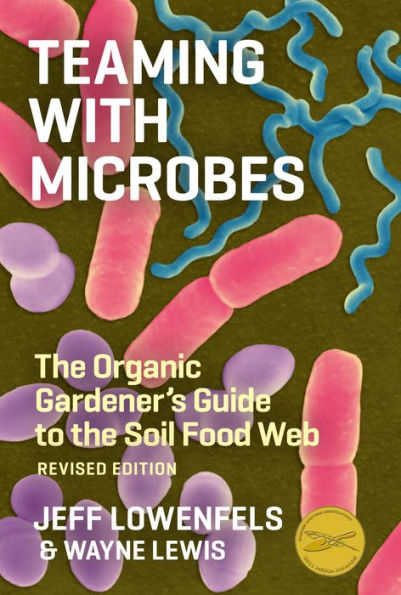5
1

Teaming with Microbes: The Organic Gardener's Guide to the Soil Food Web, Revised Edition
220
Teaming with Microbes: The Organic Gardener's Guide to the Soil Food Web, Revised Edition
220
24.95
In Stock

Product Details
| ISBN-13: | 9781604691139 |
|---|---|
| Publisher: | Timber Press, Incorporated |
| Publication date: | 02/24/2010 |
| Pages: | 220 |
| Sales rank: | 132,813 |
| Product dimensions: | 6.20(w) x 9.10(h) x 0.90(d) |
About the Author
From the B&N Reads Blog













